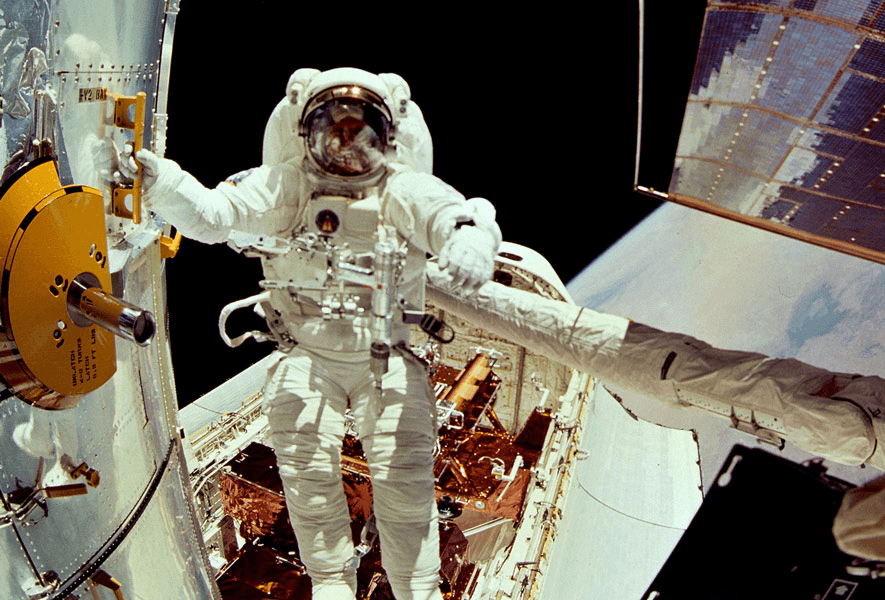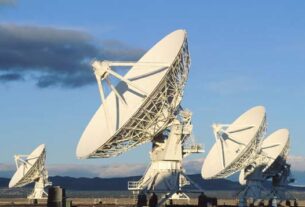Last week it was a remarkable day in the history of space exploration when the scientists proclaimed, “we are on the comet”. It was risky and intrepid, but finally scientists became successful. For the first time in the history, the human has a physical presence on the icy surface of the passing comet. It was really exciting to know that a machine about the size of a dishwasher had landed on the icy rock that is more than 300 million miles away. Cosmic objects fascinate and terrified the human beings since the start of the history.
The Philae is a robotic probe of a fridge-size that separated yesterday, according to the plan, and its mother ship the Rosetta spacecraft was launched almost 10 years ago. After 4PM according to the British time, the ESA “European Space Agency” confirmed the landing of Philae on the Comet 67P/ Churyumov-Gerasimenko, orbiting the Sun more than 510 million miles away from the route of the assemblage Sagittarius. It almost took 7 hours to listen to this great news after the disjointing of Philae from the Rosetta.
The in charge of risky landing programme Dr. Stephan Ulamec has stated that the early tests were conducted and the craft had bounced softly before turning and settling again. According to his remarks, the craft touched down and re-bounced, so it could be possible that we didn’t just land, we may land twice.
The Philae lander travelled through space at the speed of the sun that is more than 41,000mph. The craft can now ride piggy-back on a bulge of rock, ice and dust of 4km width, and it is really liked due to its odd and dual-lobed shape.
Rosetta’s flight manager Andrea Accomazzo had announced to the world at the 04:09pm that the Philae probe had successfully landed on the comic, and we had seen the lander sitting on the rock. The director general of the ESA, “Jean Jacques Dordain” quickly acclaimed that “We are the first to make this happened successfully”.
Expressions of the ESA Engineers
ESA engineers commented that the landing was softer than expectations from the 4cm depression of Philae’s legs, but we were concerned about the failure of the probe’s anchors to fire into the surface. An ESA engineer warned, “It appears that the anchors did not deploy, therefore there is an apprehension about the stability of the lander”.
The landing day kicked start with high drama, because the Philae failed to switch on during its preparation for the separation from the Rosetta. The problem was solved by the ESA engineers with the help of an old trick of turning off the machine and then on it again.
Nonetheless, the basic objective of the mission was to probe softly on the surface of the far-flung comet, and apparently it is echoing success. The Matthew Genge who is the lecturer of earth and planetary sciences, said that “This is the most complex and risky landing in the history of the space, because it is just like landing a balloon in the centre of the city on a day with heavy wind while keeping your eyes closed”.





